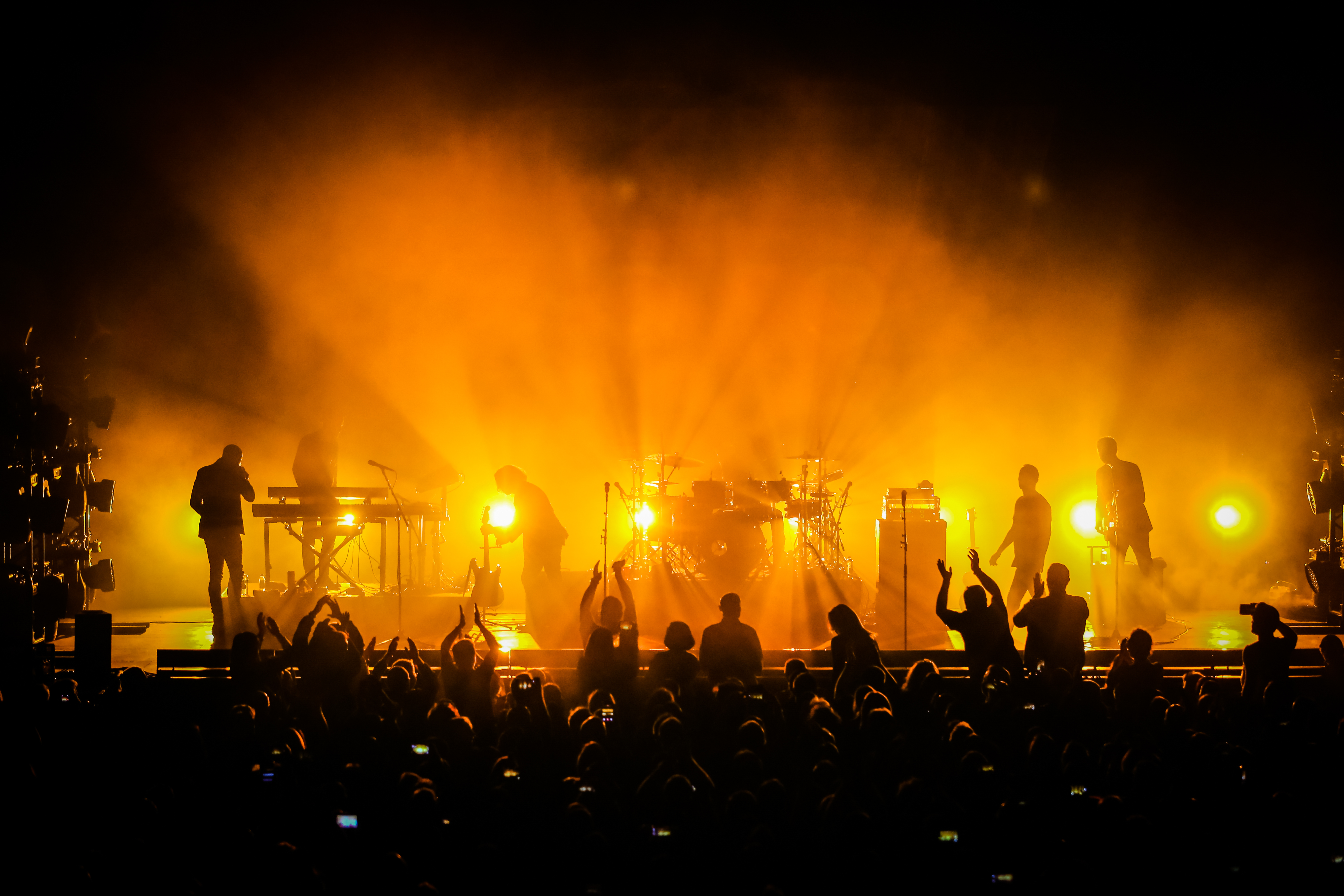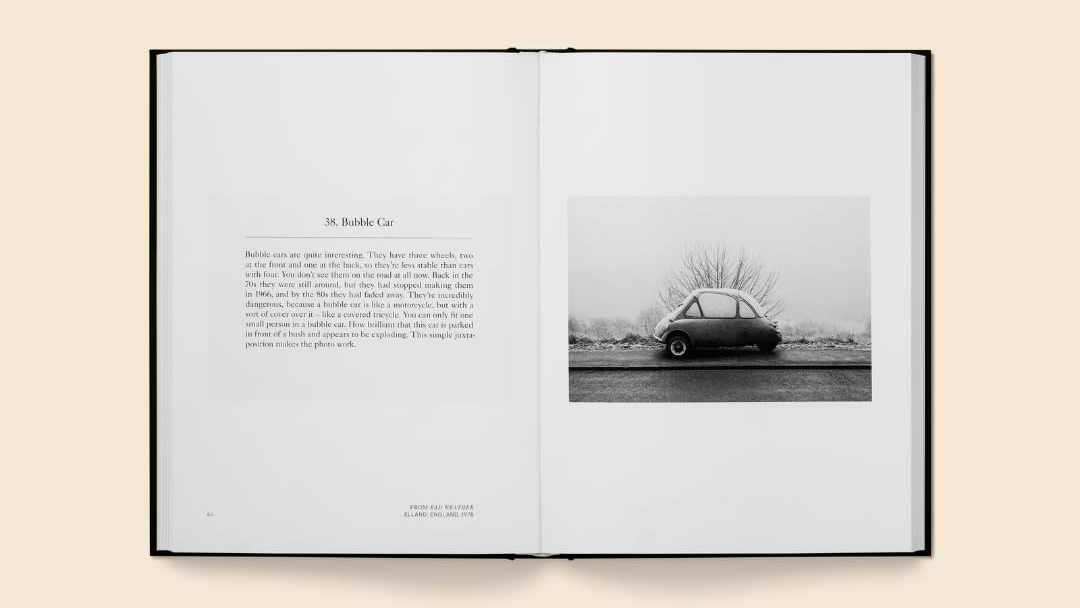Christie Goodwin: this is the kit I use for photographing live music
This leading photographer has captured a galaxy of global music stars – and here’s the kit she uses to do it

Leading live music photographer Christie Goodwin has been immortalizing the performances of some of the world’s biggest music acts for a decade and a half.
It would probably be easier to list the artists that Christie hasn’t captured on stage, rather than the ones she has, but it’s a roster that includes legends like Paul McCartney, Celine Dion, Jeff Beck, Kylie Minogue and Nick Cave – alongside wildly popular younger megastars like Taylor Swift, Ed Sheeran, Katy Perry, Olly Murs and more.
Now that the summer music festival season is back with a bang following an enforced Covid-19 hiatus, Christie is sharing some tips and insights for anyone looking to break into this challenging – but hugely rewarding – area of photography.
We’ve already heard Christie’s advice for starting to shoot live music… now she’s going to take us through the kit you need to do it.
Check back for more pointers from Christie, on how to photograph live music in low light, plus some essential advice on how she edits her captures of live music shows.
What is the essential camera kit for shooting live music?
More than brands and tools, it’s very important that you use something that really fits you and that you’re comfortable with. Because after all, it has to become a part of you.
So instead of saying you should have this and that product, you should actually search for what really works for you.
Some people like to use mirrorless cameras and can work very well with those; others like to have bigger equipment and become very comfortable with using it.
I think it’s very important that you find something that suits you, instead of following what somebody else is using, and then constantly struggling to master it.
You shoot your music photography with a DSLR but have you ever been tempted to use a mirrorless?
Well, I have tried. The thing is, and it applies to what I just said, is that I have grown so much with my Canon EOS 5D Mark IV that when I try something else, it’s very alien. I push myself to learn it but I never find the comfort I have with my DSLR.
So although my interest might be spiked for a time, after a while I’ll give up and think ‘No’. If I really have to use something that I have to count on, I will always go back to my DSLR – you know, the one I’m married to!
Read more: The best Canon cameras today
So the camera has become an extension of you?
It is. I have said before that I know how my camera thinks… but maybe it’s more that I think like the camera does. Over a period of time I’ve become used to it, and that’s why when I change cameras it’s very confusing.
I have tried using Nikon cameras, for example, but it’s like ‘pfff’, it goes against the grain and just doesn’t work. Choosing a camera is a choice you make early in your career, and often by accident!
Which lenses would you recommend for photographing music in small venues?
Especially if you start out in small clubs, it’s very important that your aperture is as slow as possible, so either a f/1.8 or a f/2.4, because you have to be able to capture darkness and get as much light in as possible.
When you are shooting in small clubs, you just need one camera and one lens. The 24-70mm is a very easy one to use, but you could go wider, because you’ll always be quite close to the performer and you won’t be able to capture the whole scene.
The most important thing is not to use lenses that are f/5.6 or above, because you’ll be shooting nothing – just blackness. So start from as wide an aperture as possible, so that you can capture as much light as possible, and with a lens that’s practical for shooting close to the action.
Read more: The best Canon lenses in 2022
Do you ever use prime lenses rather than zooms?
I have used primes – I’ve tried everything! – but because of the nature of live performances, it’s rare that an artist will stand still.
If they do stand still it will be fine to use a prime lens but if they’re moving then you have to be very fast because the lead singer might be jumping right in your face and the next minute they’re next to the drum kit.
To be able to work quickly with an artist, you have to be able to zoom in and out when they’ve gone and you still want to have a clear picture and zoom in, and when they come very close you have to zoom out.
So that’s why a zoom lens is actually the best tool you can have. I see a lot of photographers using prime lenses but they can’t do what I do because of the restrictions of a prime lens.
How many camera bodies do you use to capture a live performance?
I always have two Canon EOS 5D Mark IV bodies, with two different lenses on them: my Canon EF 24-70mm f/2.8L, and also my Canon EF 70-200mm f/2.8L.
When I’m in the pit and want to capture some details, like a hand on a guitar or something like that, I like to have my 70-200mm so that I can really zoom in and get a really crisp close-up.
Sometimes you want to shoot the little emotions of the performer, really cropped in from close by, so I’m basically always jiggling between the two cameras.
My brain is set up like that: I know my 24-70mm is there and my 70-200mm is there, and I don’t even think about it any more.
During the show I switch off; I don’t really do it consciously, it’s just instinct. A very long time ago I started out with two lenses and one body but had to constantly change and miss parts of the show. So if you really want to cover the whole show, then it’s advisable to have two bodies with two different lenses.
Do you use wide-angle lenses for big arenas, and what about the distortion they produce?
I have done. You can get some really beautiful wide shots and capture the whole scene but the distortion is such a difficult thing to tackle and needs brain control – too much brain control, which I don’t want to use [when I’m in the middle of a concert].
So I have moved away from this approach. I’ve tried all the lenses and always come back to my 24-70mm, and maybe there’s a reason I always come back to it – it’s clean, the borders are always perfect and all you have to do is learn how to frame up properly.
What I always say when teaching people is this: if a scene doesn’t look right in your frame, then allow yourself to move forwards or backwards – you’re not glued to the floor. I often see that some people are struggling… just take a few steps and move away so you get the perfect frame.

Do you use a camera harness?
Yes, and it is very practical. I started out using straps but with the harness your hands are free and you can slide it and take the other camera, then slide it and take the other camera.
• Best camera harnesses in 2022
And the camera must be even more of an extension of you when you’re using a harness…
It is. I talked to Baron Wolman [the late Rolling Stone magazine photographer] once about that and he described it very well – once you step into the pit and the lights go out and you hear the first sound, you click into a trance mode.
I go into a trance and the whole performance is in a bubble and I enter that bubble. I don’t think about anything I do and that’s the best part of it, of course – if you don’t have to think then you don’t lose time and you don’t make mistakes.
I just start moving on instinct and then the music is finished and I’m back to reality and then I start to panic… did I actually shoot something?
Read more
Tips for photographing live music
The most picturesque music festivals on the planet
Make money with your camera
The best photo printing online
The best camera deals, reviews, product advice, and unmissable photography news, direct to your inbox!

Niall is the editor of Digital Camera Magazine, and has been shooting on interchangeable lens cameras for over 20 years, and on various point-and-shoot models for years before that.
Working alongside professional photographers for many years as a jobbing journalist gave Niall the curiosity to also start working on the other side of the lens. These days his favored shooting subjects include wildlife, travel and street photography, and he also enjoys dabbling with studio still life.
On the site you will see him writing photographer profiles, asking questions for Q&As and interviews, reporting on the latest and most noteworthy photography competitions, and sharing his knowledge on website building.




